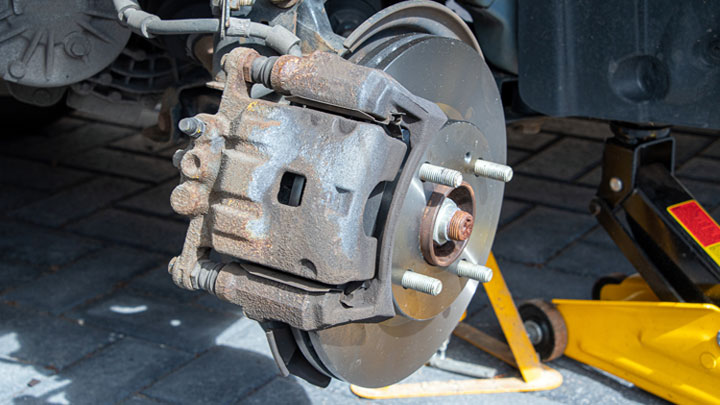Last Updated on August 30, 2022
Few situations can stress the average motorist quite as extensively as suddenly noticing that their vehicle has begun violently shaking, all in the presence of a newly illuminated check engine light.
A situation of this nature is typically followed by panic, and thoughts of the expensive repairs to follow. This, in itself, is enough to make you sick to your stomach.
Luckily, circumstances of this type are not always as dire as you might assume. In fact, there are quite a few issues that can exhibit symptoms of this nature, not all of which are as catastrophic as one would be led to believe. In such instances, the key to favorable outcomes centers around keeping your cool and getting to the bottom of that which ails your vehicle.
Read on to learn more about the various causes of vehicle shake, accompanied by a check engine light, as well as how to address such issues, should they arise in the future.
Check Engine Light Flashing vs Steady
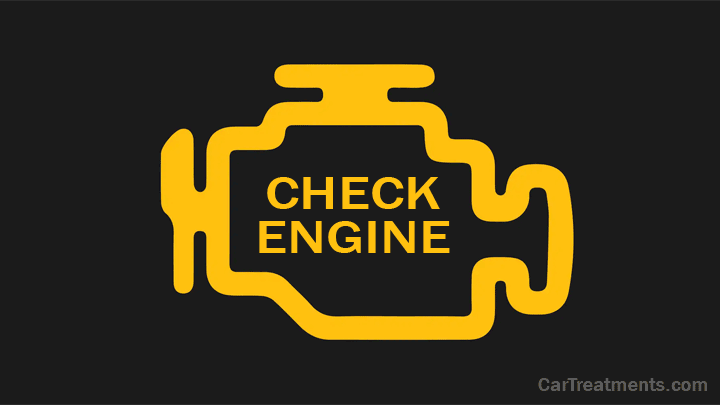
In general, there are two different types of check engine lights, the first of which is a check engine light that is steadily illuminated. The second type of check engine light is that which blinks repeatedly at a set pace.
In the vast majority of instances, the latter of these two types of check engine lights is indicative of a more serious issue that is actively taking place.
A solid check engine light typically indicates that a diagnostic fault code has been logged and stored, whether currently active or not. A blinking check engine light is most often intended to relay a set message of importance to a motorist.
This message usually centers around the fact that a current misfire has been detected on one or more specific cylinders.
Causes of Car Shaking While Check Engine Light Is Blinking
In almost every instance, a flashing check engine light accompanied by a notable shaking is a sure sign of a cylinder misfire.
The term misfire could best be described as a partial or complete loss of combustion on or more of an engine’s cylinders. While singling a misfire out as the root cause of the symptoms mentioned above is seldom difficult, determining the source of the misfire itself is generally far more difficult.
The following are several of the most common causes of a cylinder misfire.
#1 – Faulty/Damaged/Fouled Spark Plugs

An engine’s spark plugs are responsible for delivering the necessary spark to each particular cylinder that is required to initiate combustion.
With time, spark plugs can become fouled, or can exhibit an incorrect gap, making ignition difficult, if not impossible. This results in the initiation of a misfire that can only be corrected through proper maintenance.
Checking the condition of your spark plugs (and changing them out when needed) goes a long way when it comes to preventing future misfires.
#2 – Compromised Coil-Packs/Plug Wires
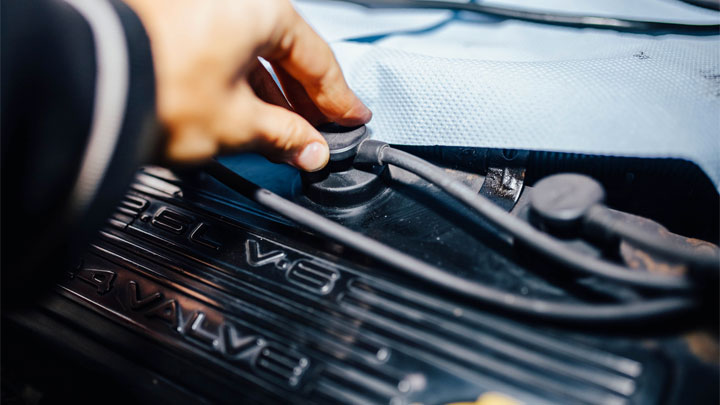
Ignition power is delivered to a cylinder’s spark plug via a specific spark plug wire, or a designated coil-pack, in the case of engines that feature a coil-on-plug ignition system.
With time, and exposure to engine-generated heat, the insulative outer sheathing of these components can become brittle and crack, allowing ignition power to preemptively reach the ground.
#3 – Damaged/Corroded Distributor Cap or Faulty Ignition Coil
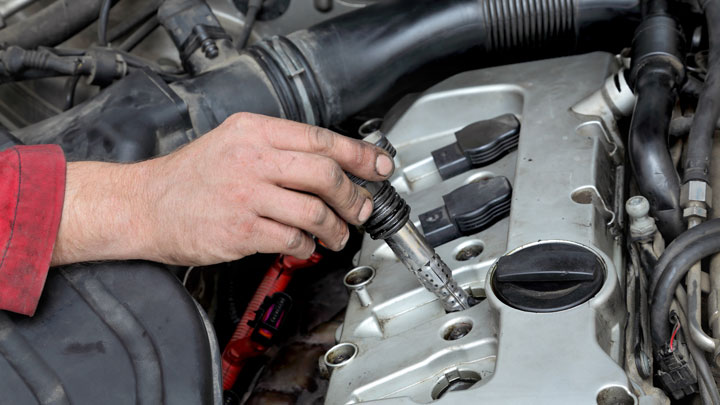
Another probable cause of an active misfire relates to a partial failure of an engine’s distributor cap or ignition coil.
Many older internal combustion engines utilized such equipment to time the delivery of spark to each respective cylinder. Unfortunately, distributor caps were prone to cracking and corrosion issues, while coils often exhibited heat-related failure.
#4 – Fuel-Delivery Issues
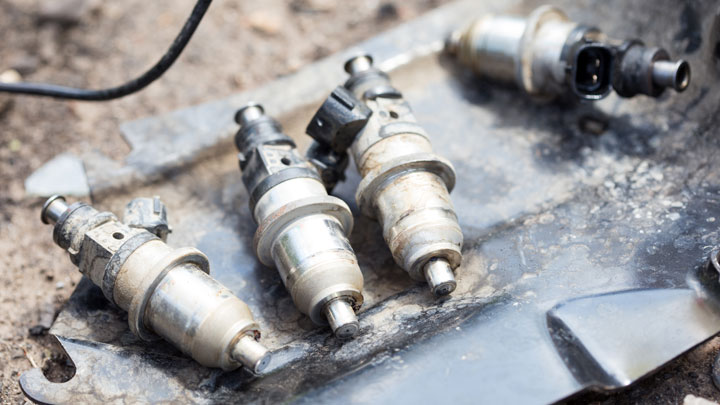
Another common cause of an engine misfire is one or more faulty fuel injectors.
A fuel injector can fail either mechanically or electrically, preventing fuel from being dosed to a respective cylinder. This, in turn, leaves no catalyst for combustion, thereby robbing a cylinder of power production. This often results in a noticeable shaking that can be felt quite readily.
#5 – Compression Loss
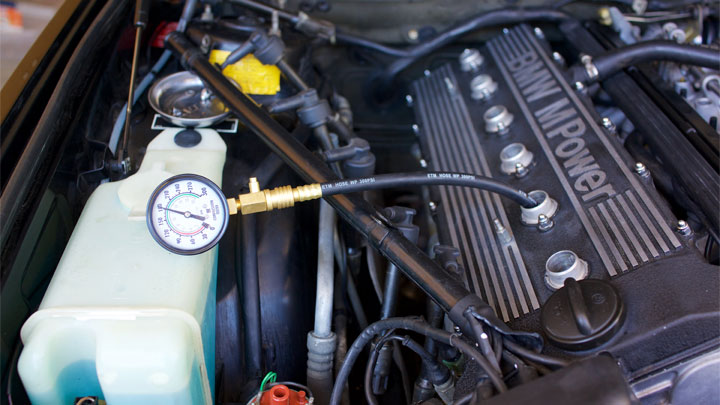
On a somewhat less regular basis, a misfire condition can be caused by a loss of compression on one or more cylinders. This tends to be more prevalent in the case of high mileage engines, or those of an older vintage.
Compression loss can arise from compromised piston rings, damaged pistons, or valve-related issues. A severe head gasket failure can also cause sudden compression loss.
#6 – Emissions-Control Induced Misfires
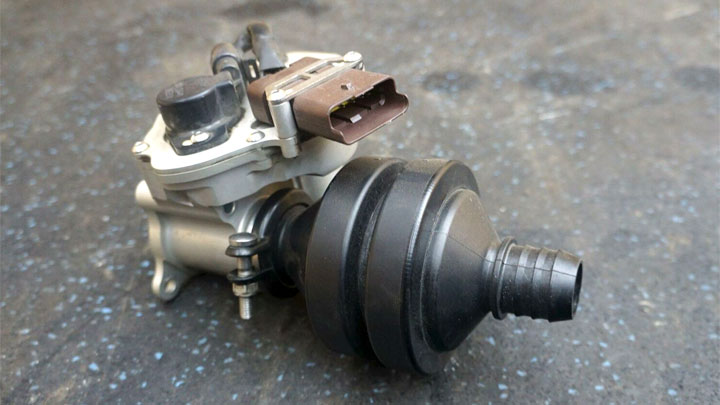
Faulty or marginalized emissions control devices can also be to blame for a steady misfire on one or more of an engine’s cylinders. This most often occurs in the case of an EGR valve that is stuck in the open position.
This allows excess exhaust gasses to be recirculated into an engine’s intake for re-combustion. As a result, oxygen saturation levels fall below optimal levels, thereby impeding efficient combustion.
A misfire of this type is more likely to take place on various cylinders at random. This is due to the fact that excess exhaust gasses are recirculated indiscriminately between each of an engine’s cylinders.
Is It Safe to Continue Driving?
If your vehicle’s check engine light is currently flashing and is accompanied by a noticeable shaking, it is best to drive no further than necessary to reach a safe destination. Unlike a “service engine soon” light, this one can be serious.
As mentioned above, symptoms of this nature are most often associated with an engine misfire or a partial/complete loss of combustion on one or more cylinders.
This is not only an indicator of subsequent performance loss, but often foreshadows a number of secondary issues that can arise in the future, if the misfire itself is not remedied.
One such example is that of damage to a vehicle’s catalytic converter, which tends to occur whenever excess fuel is introduced into an engine’s exhaust, due to a general lack of spark.
In any event, the root cause of a vehicle’s misfire condition should be thoroughly diagnosed and repaired as soon as possible. Doing so will prevent further issues from arising, many of which can prove rather costly to repair.
If you don’t quite feel confident enough in diagnosing and fixing the issue yourself, make an appointment with a good independent mechanic or dealership service center at the earliest convenience.



